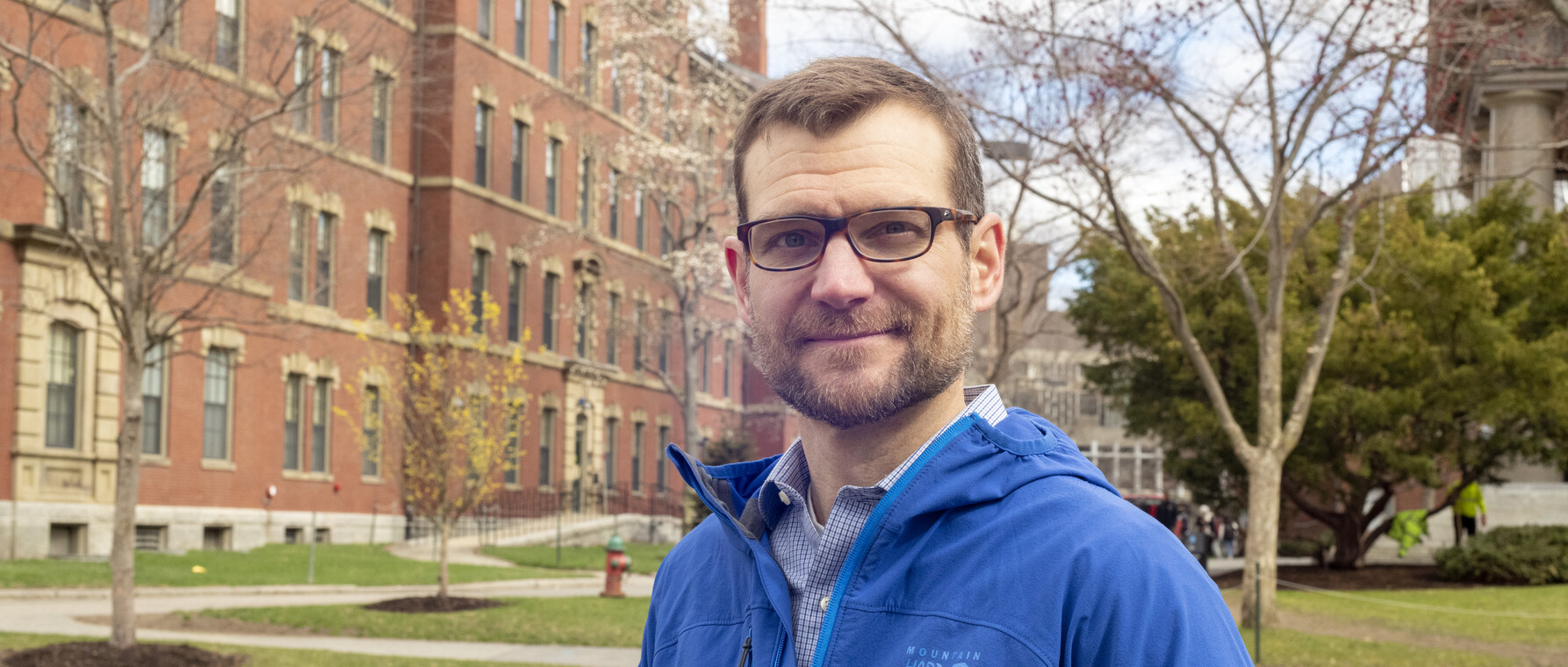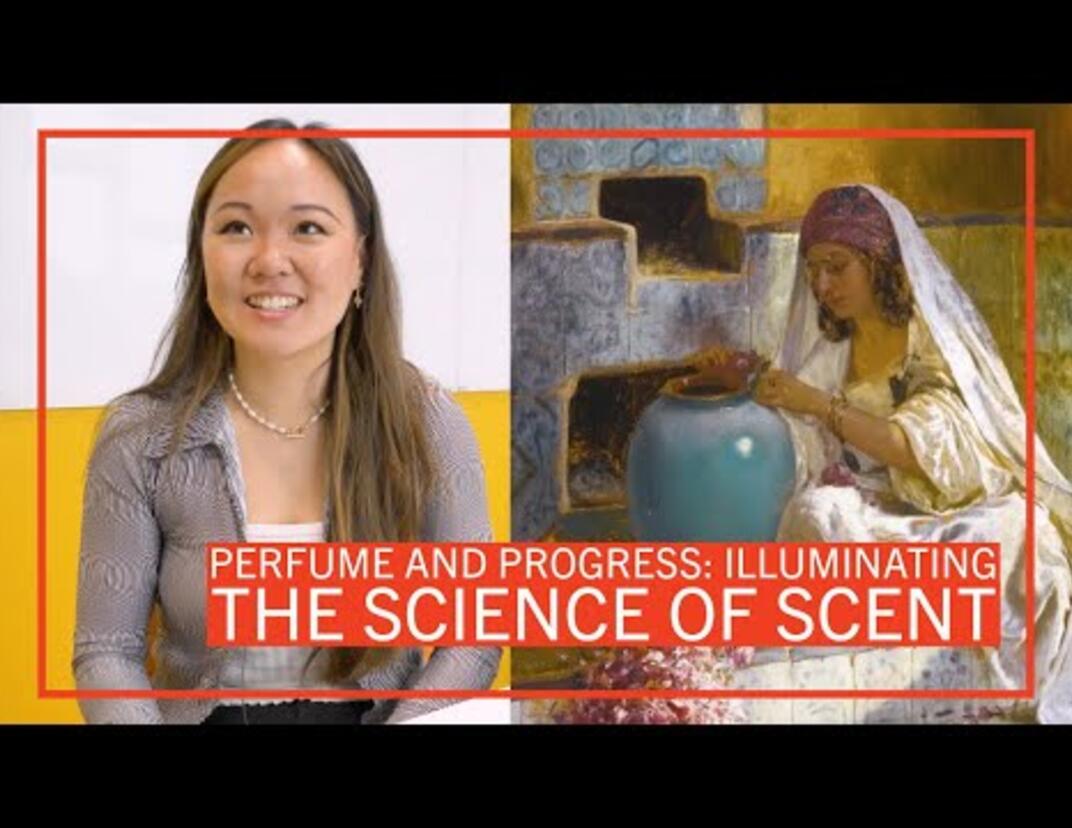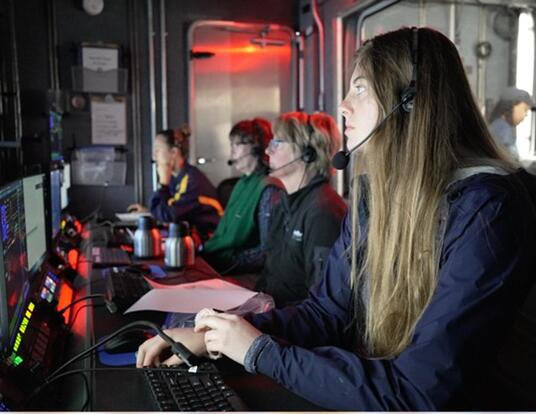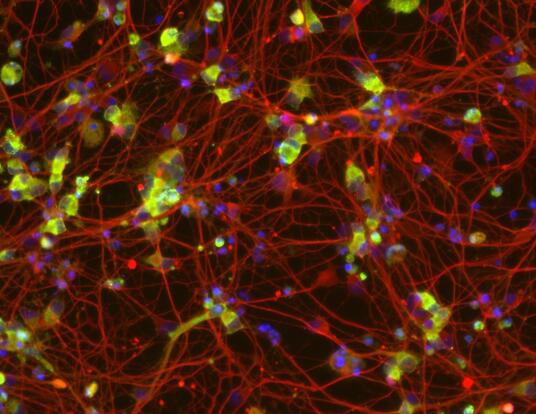Better Food for Thought
How Scott Richardson wants to use food literacy to create a healthier, more equal world.

School cafeteria food doesn’t get a lot of attention—at least not academically. Scott Richardson, a PhD student in the inaugural cohort in population health sciences, wants to change that. “Food shouldn’t be treated as an afterthought, but as part of the educational experience,” he explains. “Better school meals can not only boost academic achievement but are also a linchpin in solving the hunger-poverty cycle.” The growing gap between the rich and poor in America has translated to worsening health for many, and nutrition, in his opinion, can help tackle this inequity.
Richardson became a graduate student after more than a decade of professional work in both the for-profit and nonprofit sectors. “I’m probably 10 to 15 years older than most in my cohort,” he muses. After earning his MBA, he worked as a consultant and later joined Project Bread, a Massachusetts anti-hunger organization, where he spent five years as the director of research and strategic initiatives. Richardson soon realized that something was missing from the advocacy work he was doing. “The people around me had the desire to engage with social causes around food, but didn’t have the data needed to convince policymakers,” he explains.
Around this time, Eric Rimm and Juliana Cohen from the Harvard T. H. Chan School of Public Health’s Department of Nutrition were advising Project Bread on school-based policies. They encouraged Richardson to apply to the new PhD program in population health sciences, a GSAS program in coordination with Harvard Chan. Richardson saw an opportunity to gain the technical skills to design and conduct research contributing to filling critical gaps in the school nutrition literature.
You Are What You Eat
Not many work in Richardson’s field of school-based child nutrition. “I’m known as the ‘school food guy’ on campus,” he laughs. His current research agenda is to provide continuous, evidence-based improvements to school nutrition policy. His ultimate goal, however, is to ensure that children not only have consistent access to health-promoting foods, but also the knowledge and skills to make healthy dietary choices across the course of their lives.
From Richardson’s perspective, most school cafeterias are stressful environments inconducive to making good meal choices. “School cafeterias can be loud, hurried, and institutionally chaotic,” he says with a frown. “Our research has also shown that 20 minutes is not enough time to promote the selection and consumption of balanced lunches. We know for a fact that kids at the back of the lunch line make different meal choices than those up front,” he continues. “Students are less likely to select a fruit when they have less than 20 minutes to eat. They also consume significantly less of their entrées, milk, and vegetables than their peers who have more time.” In his opinion, this taxing cafeteria environment is interwoven with education policy writ large, where time spent in the classroom learning is valued over time to unwind, socialize, and eat. Richardson describes his ideal school cafeteria environment as a relaxing one that not only enhances nutritional literacy, but also supports healthy dietary choices with ample time for students to enjoy delicious meals in community with their peers.
Richardson’s enthusiasm for his research is infectious. He describes a project he is carrying out in Boston public schools with the Mayor’s Office of Food Access, where he and his team collect food trays in cafeterias and measure the waste from every plate. “We know exactly how much of each meal component each kid ate, or rather, didn’t eat,” he says with a smile. While the work is hands-on, detail-oriented, resource-intensive, and expensive, the resulting data are crucial to informing menu changes. Richardson focuses on students from grades 3 to 8, who are old enough to have informed opinions, but young and impressionable enough to learn how to make better food choices. “That one kid in school who chooses the oiliest, most unhealthy meal during break? Who chooses the same thing again the next day, and the next?” he asks. “These interventions in food literacy are for them.”
Celebrating a Unique Journey
Driven by the belief that good nutritional policy can do its part to lessen the gap between rich and poor, Richardson views his scholarship as “putting ammunition behind nutritional policy.” Unlike most of his colleagues in population health sciences, Richardson is not a scientist by training and considers his unique professional background an advantage. “I bring perspectives grounded in business realities, which helps to marry my research to real-world execution,” he explains.
Richardson’s diverse life and career experiences also instilled important lessons he reminds himself of daily when doing graduate work. His professional experience deeply impressed upon him not just the practicalities behind policy change, but also the human faces behind the data he now collects. “In academia, it’s easy to forget what goes on outside the walls,” he says. “It’s one thing to learn about social justice from an academic perspective. It’s another thing to effectively implement it.”
Photo by Molly Akin
Get the Latest Updates
Join Our Newsletter
Subscribe to Colloquy Podcast
Simplecast Stitcher





